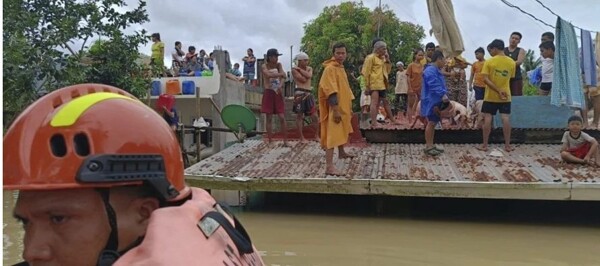
The U.S. Army recently deployed a medium-range missile system in northern Philippines, allowing U.S. and Philippine forces to conduct joint training for the use of this weaponry in the waters of the Asian archipelago. U.S. General Marcus Evans, commander of the 25th Infantry Division based in Hawaii, emphasized the importance of this deployment for understanding how to employ this capability in a unique environment like the Philippines.
The U.S. government, under the administration of Joe Biden, has sought to strengthen military alliances in the Indo-Pacific to counter China's influence, especially in potential conflicts in the region, such as in Taiwan. The deployment of the Typhon missile system in the Philippines raised concerns in China, which has vehemently opposed the presence of U.S. troops in Asia.
Evans highlighted that in addition to the Typhon system, long-range fire capabilities such as HIMARS, truck-mounted launchers capable of reaching distant targets, were deployed last year. These joint combat exercises aim to prepare troops to face potential challenges in a complex and diverse environment like the Philippine archipelago.
For its part, the Philippines has reinforced its territorial defenses in light of increasing disputes with China in the South China Sea, a region that is becoming increasingly volatile. The Philippines' efforts to strengthen its defensive position have been combined with the presence and joint training with U.S. armed forces in the region, further straining relations with China.












